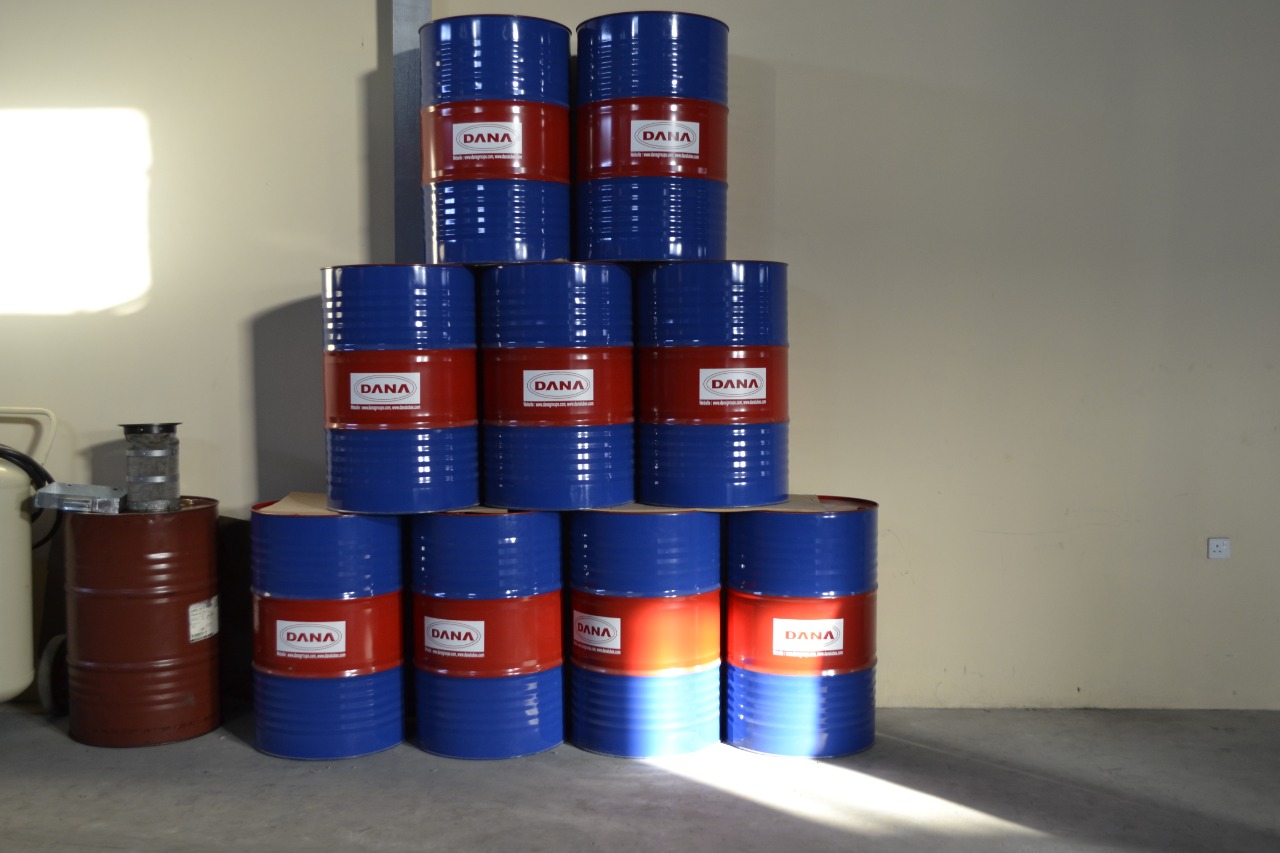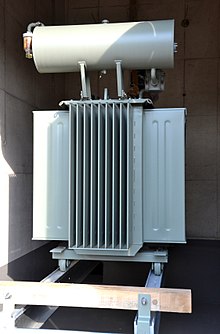Why Dielectric Transformer Oil Issues: Key Functions and Maintenance Tips
The importance of dielectric transformer oil extends past plain functionality, playing a crucial function in both the insulation and air conditioning of electric transformers. The upkeep of these oils is equally important to stop issues that might endanger transformer performance.
Importance of Dielectric Transformer Oil
Dielectric transformer oil plays an essential function in the reliable operation of electric transformers, as it is regularly employed as both a coolant and an insulator. Its shielding properties stop electric discharges and arcing, which are vital to maintaining the integrity of transformer elements. By successfully isolating conductive components, dielectric oil boosts the security and integrity of the transformer, therefore expanding its operational lifespan.
Along with its protecting capabilities, dielectric transformer oil functions as a coolant, soaking up and dissipating warm generated during the electric makeover procedure. This thermal management is important to protect against overheating, which can lead to tools failure and pricey downtime. The oil circulates within the transformer, efficiently moving warm away from essential areas, thus making sure optimal efficiency.
Furthermore, the chemical security of dielectric oil is essential for decreasing the oxidation and destruction that can happen in time (waste transformer oil). Regular monitoring of its homes, such as moisture web content and level of acidity, is important for keeping its performance. In general, the relevance of dielectric transformer oil can not be overstated, as it is fundamental to the safe, efficient, and long-term procedure of electric transformers
Key Qualities of Dielectric Oil
The effectiveness of dielectric transformer oil is largely identified by its vital characteristics, that include high dielectric toughness, thermal conductivity, and chemical stability. High dielectric stamina is vital as it allows the oil to hold up against considerable voltage levels without breaking down, therefore stopping electric arcing and guaranteeing safe procedure of the transformer. This characteristic is vital for preserving the dependability of electric systems.
Thermal conductivity is one more important attribute of dielectric oil. It facilitates efficient warmth dissipation from transformer parts, minimizing the risk of overheating and prolonging the life expectancy of the tools (waste transformer oil). Reliable thermal administration is essential in preserving optimal operating temperature levels, which directly influences performance
Chemical stability is equally essential, as it ensures that the oil does not weaken or respond detrimentally with materials within the transformer over time. This stability helps maintain the oil's shielding buildings and stops the development of dangerous sludge or down payments that can hinder capability.
Additionally, reduced thickness at operating temperature levels allows for better circulation within the transformer, cooling down both improving and insulation. With each other, these crucial attributes guarantee that dielectric transformer oil performs successfully, supporting the general performance and reliability of electrical systems.
Advantages of Using Dielectric Oil

Furthermore, dielectric oil works as an effective coolant, dissipating heat created throughout transformer procedure. This temperature level guideline is important for protecting against getting too hot, which can result in tools failing or lowered lifespan. The oil's thermal properties add to optimum functional conditions, allowing transformers to function at their best.
Another significant advantage is the oil's chemical stability and resistance to oxidation. These properties reduce next the formation of sludge and other degradation by-products, consequently decreasing upkeep requirements and extending the intervals between oil modifications. Dielectric oil supplies exceptional dampness absorption capabilities, which secure the transformer from the detrimental effects of water access.
Upkeep Ideal Practices

Furthermore, keeping the transformer's temperature level within defined limits is vital. Raised temperatures can increase oil degradation, detrimentally impacting its dielectric residential properties. Executing a temperature tracking system can assist in preserving optimum conditions.
Furthermore, making certain correct ventilation and cooling of the transformer system minimizes the danger of getting too hot. It is also essential to maintain the transformer devoid of debris and impurities that might endanger its efficiency.
Conducting regular visual examinations for leaks, corrosion, or signs of endure gaskets and seals is another finest technique. Any kind of abnormalities need to be attended to without delay to prevent oil contamination and keep system honesty.
Finally, developing an upkeep routine that consists of oil replacement or therapy can improve the life expectancy of dielectric oil, ensuring it proceeds to do properly. By taking on these upkeep ideal practices, drivers can optimize transformer efficiency and reduce unexpected downtime.
Usual Problems and Solutions
Transformers utilizing dielectric oil can encounter a number of typical issues that might influence their performance and dependability. One noticeable problem is the degradation of the oil due to thermal tension, which can bring about decreased dielectric stamina and raised threat of arcing. Regular tracking of the oil's temperature and applying cooling solutions can minimize this problem.
Another problem is moisture ingress, which can endanger the shielding residential properties of the oil. This can be resolved through regular screening for water content and utilizing desiccants or vacuum cleaner dehydration processes to get rid of dampness.
Furthermore, the formation of sludge because of oxidation can block regular procedure. This can be resolved by regular oil filtering and replacement when needed, ensuring optimum fluid cleanliness.

Verdict
In verdict, dielectric transformer oil plays an important role in guaranteeing the reliable operation and security of electric transformers. The importance of dielectric transformer oil can not be overstated in the world of electrical framework integrity.
The value of dielectric transformer oil extends beyond Clicking Here mere functionality, playing a critical function in both the insulation and air conditioning of electric transformers.Dielectric transformer oil plays an essential function in the reliable procedure of electric transformers, as it is constantly used as both a coolant and an insulator. On the whole, the relevance of dielectric transformer oil can not be overstated, as it is basic to the risk-free, efficient, and lasting operation of electric transformers.
The efficiency of dielectric transformer oil is mostly determined by its key attributes, which consist of high dielectric stamina, thermal conductivity, and chemical security.In verdict, dielectric transformer oil plays a vital role in making certain the reliable operation and safety and security of electric transformers.
 Angus T. Jones Then & Now!
Angus T. Jones Then & Now! Patrick Renna Then & Now!
Patrick Renna Then & Now! Jennifer Love Hewitt Then & Now!
Jennifer Love Hewitt Then & Now! Lynda Carter Then & Now!
Lynda Carter Then & Now! Dawn Wells Then & Now!
Dawn Wells Then & Now!